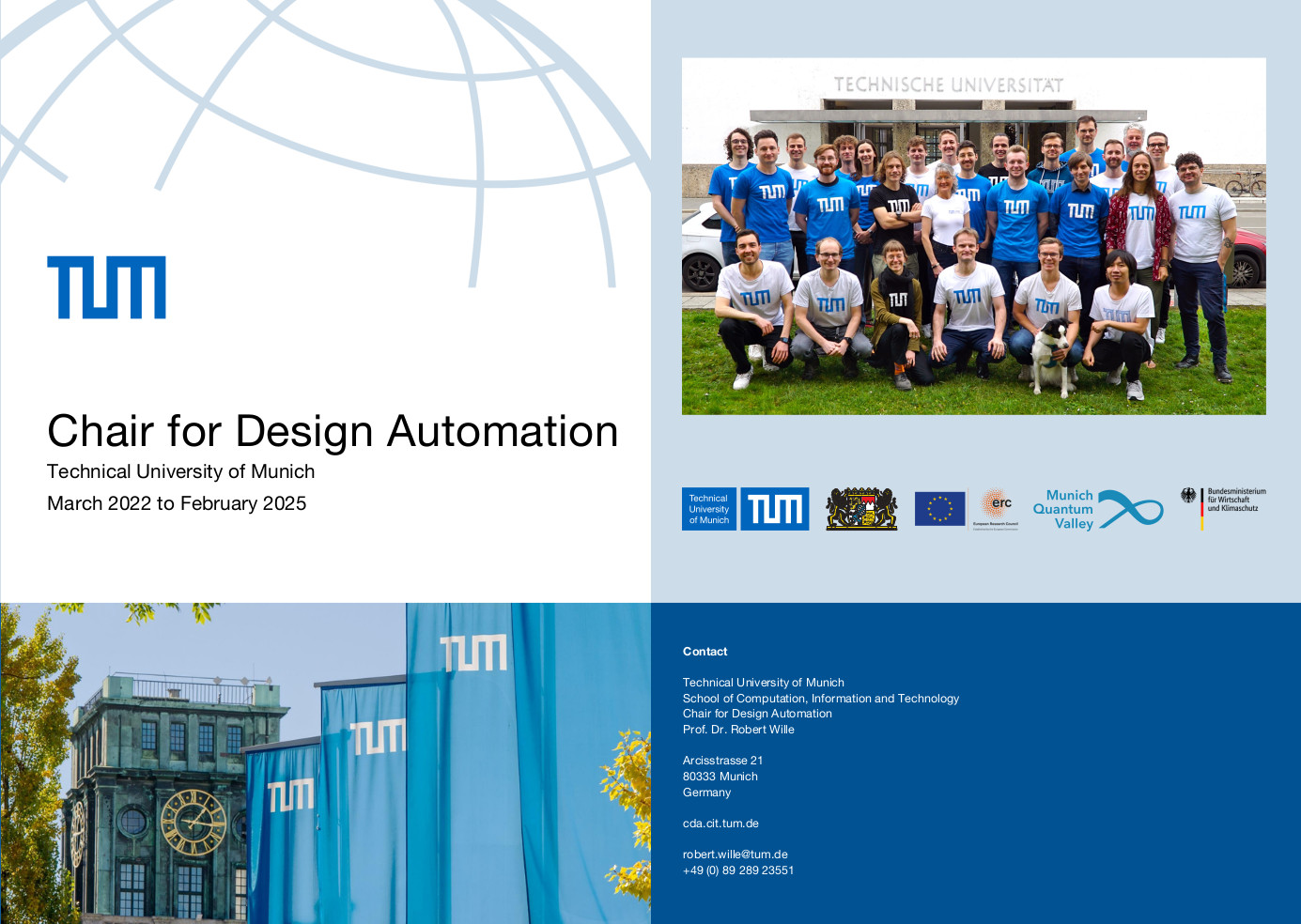
Robustness
In general, microfluidic devices are rather sensitive systems, in which already slight changes of a parameter (e.g., width of a channel) may alter the behavior of the device and, hence, break the intended functionality. This sensitivity is especially critical when an actual physical realization of a microfluidic device is produced. Usually, this can be achieved with multiple base materials (e.g., Polydimethylsiloxane (PDMS), Polymethylmethacrylate (PMMA), etc.) and through several fabrication techniques such as 3D-printing, soft-lithography, and milling processes. However, neither the fabrication processes nor the used materials are perfect and, thus, a physical realization will always suffer from inevitable defects. For example, such defects are:
- Fabrication tolerances: Fabrication processes always induce fabrication tolerances which may lead to an unexpected behavior of the device.
- Deformation and Swelling: Certain materials such as PDMS may deform or swell under pressure-driven flows or specific solvents, which may have a direct impact on the behavior of such devices.
Hence, it is important that microfluidic devices are designed in such a way that they become robust against defects in order to prevent erroneous behavior. However, considering such defects during the design process is a rather complex and not straight-forward task. As a result, designers commonly neglect such considerations, which frequently leads to a trial-and-error approach, i.e., the device gets fabricated and is then tested if it fulfills the desired functionality. If this is not the case, the design has to be revised and the whole process starts all over again - resulting in time-consuming and costly debugging loops.
In our paper “Improving the Robustness of Microfluidic Networks”, we are proposing a robustness improvement process that addresses this issue already at the design phase, i.e., before a first device is even fabricated. The implementations of the methods proposed in is paper are available here, where the corresponding readme-file contains further explanations and instructions.
If you use the implementation for your research, we would be thankful if you referred to it by citing the following publication:
@article{fink2021improving,
title={Improving the Robustness of Microfluidic Networks},
author={Fink, Gerold and Ebner, Philipp and Poddar, Sudip and Wille, Robert}},
booktitle={Proceedings of the 27th Asia and South Pacific Design Automation Conference},
year={2022}
}
More on our work on microfluidics is summarized in this page.


